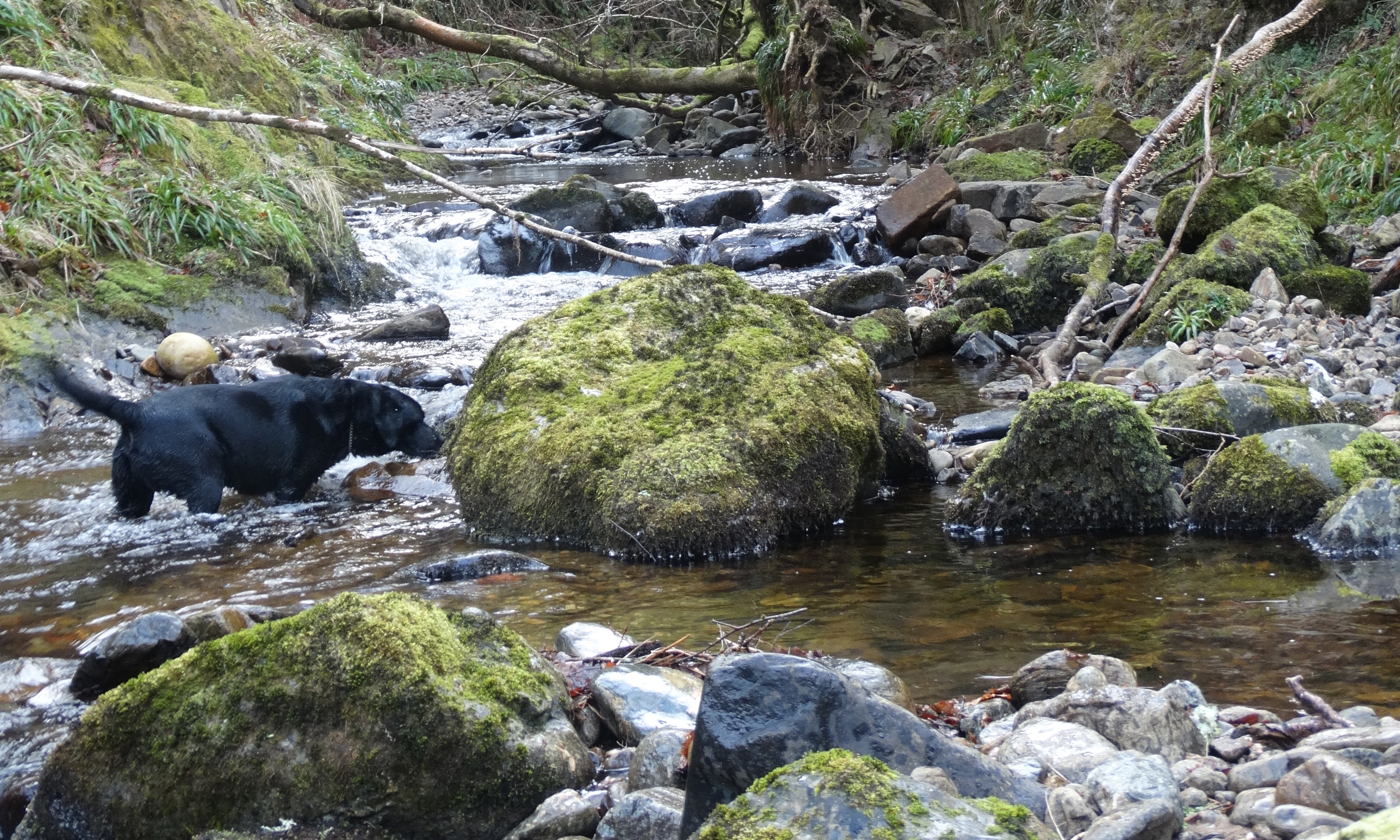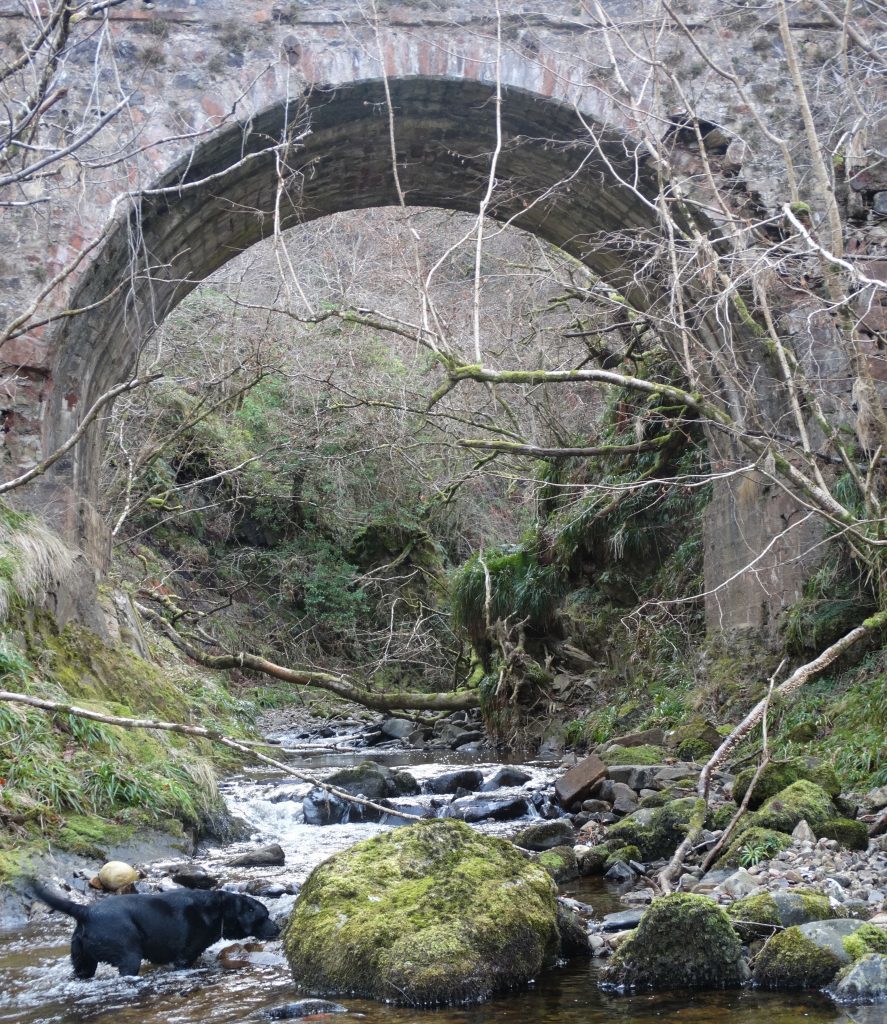To the Doyenne’s despair, I am a hoarder. It’s mostly papers now, some decades old, but all of them indispensable.
To maintain harmony I agreed to a clear-out of the desk and we unearthed the January 1964 copy of the Scottish Field, priced at two shillings, which shows what a difference half a century can make.
In a society pages photograph, taken at Edinburgh University Boat Club ball, the highlight of the university social year, the Doyenne, who was captain of the University’s Women’s Boat Club at the time – and a rowing blue – appears with the-then university rector, actor James Robertson Justice.
I knew I was on safe ground here as we were never going to throw away this record of the Doyenne’s sporting and social triumphs.
Of more universal interest are articles by two of Scotland’s countryside writers whose voices are little heard these days.
Tom Weir was the Scottish climber, author and broadcaster probably best remembered for his long-running TV series Weir’s Way. He had a passion for wild places and was a tireless campaigner for the protection of the Scottish environment.
His article, The Two Faces of Winter, compares in words and photographs the winter-time conditions he had found over a wide swathe of northern Scotland during the previous months.
His black and white photographs had most impact for me, especially as nowadays colour is almost universal. Monochrome can seem old fashioned but it is especially effective for landscapes, creating a sense of timelessness and enhancing what you might call the ribs of the subject.
The late David Stephen died in 1989. He was a largely self-taught naturalist and conservationist with an immense understanding of the natural world and a special empathy with animals.
I admired the integrity of his writing and enjoyed his wildlife column with superb descriptions of the Scottish landscape which appeared in The Scotsman newspaper.
I’ve always remembered his delightful story about a farmer’s small daughter who knew all about carrion crows and thought they were so named because they were for ever “carryin’ things awa”!
His informative article about black-headed gulls is illustrated with one of his own professional photographs. I learnt that during the Second World War, the gulls’ eggs were collected and fed to greyhounds.
Not such an unusual story as you might think. My mother told me that my wartime christening cake was made with gulls’ eggs – not that I have any personal memories of the event.
Mooran the merrier
Between Edzell and Fettercairn the graceful arch of the Gannochy Bridge spans the deep ravine of the River North Esk 70ft below, one side abutting on the County of Angus and the other on Kincardineshire. There’s a ghost story attributed to its construction.
For generations, the folk of Glenesk had experienced the inconvenience of long detours to cross from one side of the glen to the other, made worse by occasional drownings when the river was in spate.
A local farmer, bachelor James Black, who was described as having a “weak side and heavy purse”, was hoodwinked into putting up the money for the erection of the bridge.
The “spirit” of one of the poor unfortunates who had drowned “visited” Mr Black on three successive nights, imploring him to build the bridge and save further loss of life. To settle his conscience and get peace of mind the worthy farmer instructed the building of the Gannochy Bridge we know today at the exact convenient spot the “spirit” had recommended.
Reading the story again prompted me to take a look at the Brig o’ Mooran further up Glenesk, which spans the steep, atmospheric gully of the Burn of Mooran. Its story is much more mundane, having been erected at the expense of the local landowners for the benefit of the Glenners.
The bridges were built 90 years apart but what an improvement to communication in the glen they provided and how they must have been welcomed.
A smashing mystery
A cock pheasant is a heavy bird and, when travelling at speed, can cause considerable damage. A country reader came home to find one had crashed through an upstairs window and left a trail of wreckage.
The floor was littered with broken glass and feathers and copious pheasant guano. A search of the house failed to find the bird, which seems to have recovered and flown back out the window.
A three-storey house is difficult to mistake, so why did it happen?
When we lived at the old manse at Logie Pert a pigeon flew into a stairway window with such force that it travelled about 15ft before landing stone dead on the landing. I’ve no doubts it was being pursued by a sparrow hawk and that, with the light on the glass at the particular moment, it was confused into thinking it was flying into some sort of sanctuary.
Not even a buzzard, in my view, is capable of taking an end-of-season cock pheasant in flight. Perhaps this pheasant was diverted by an early surge of testosterone and just wasn’t paying enough attention.

